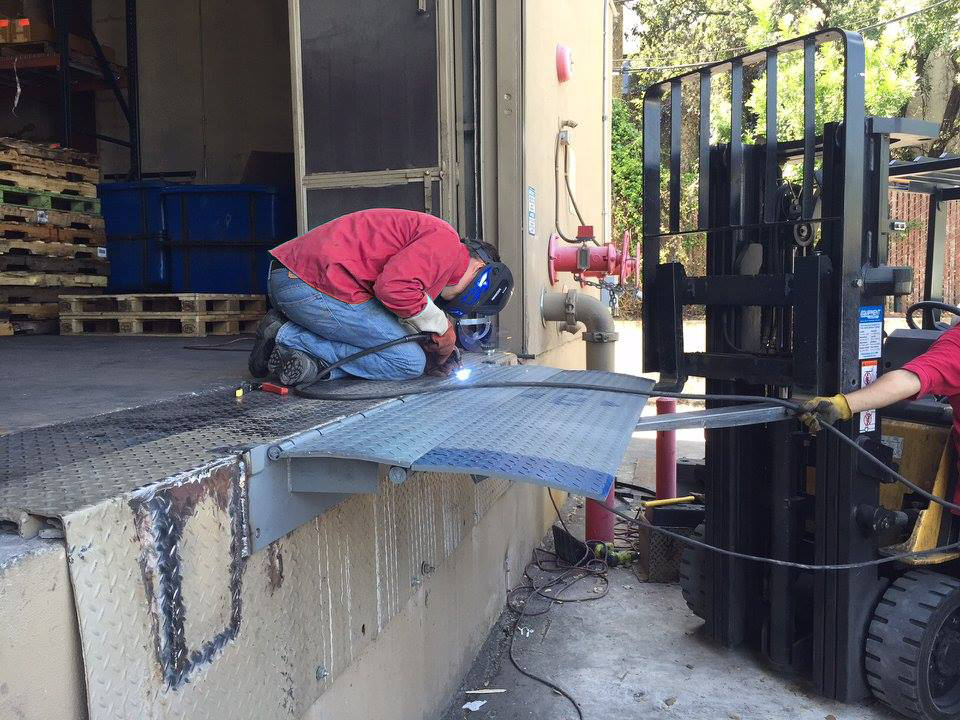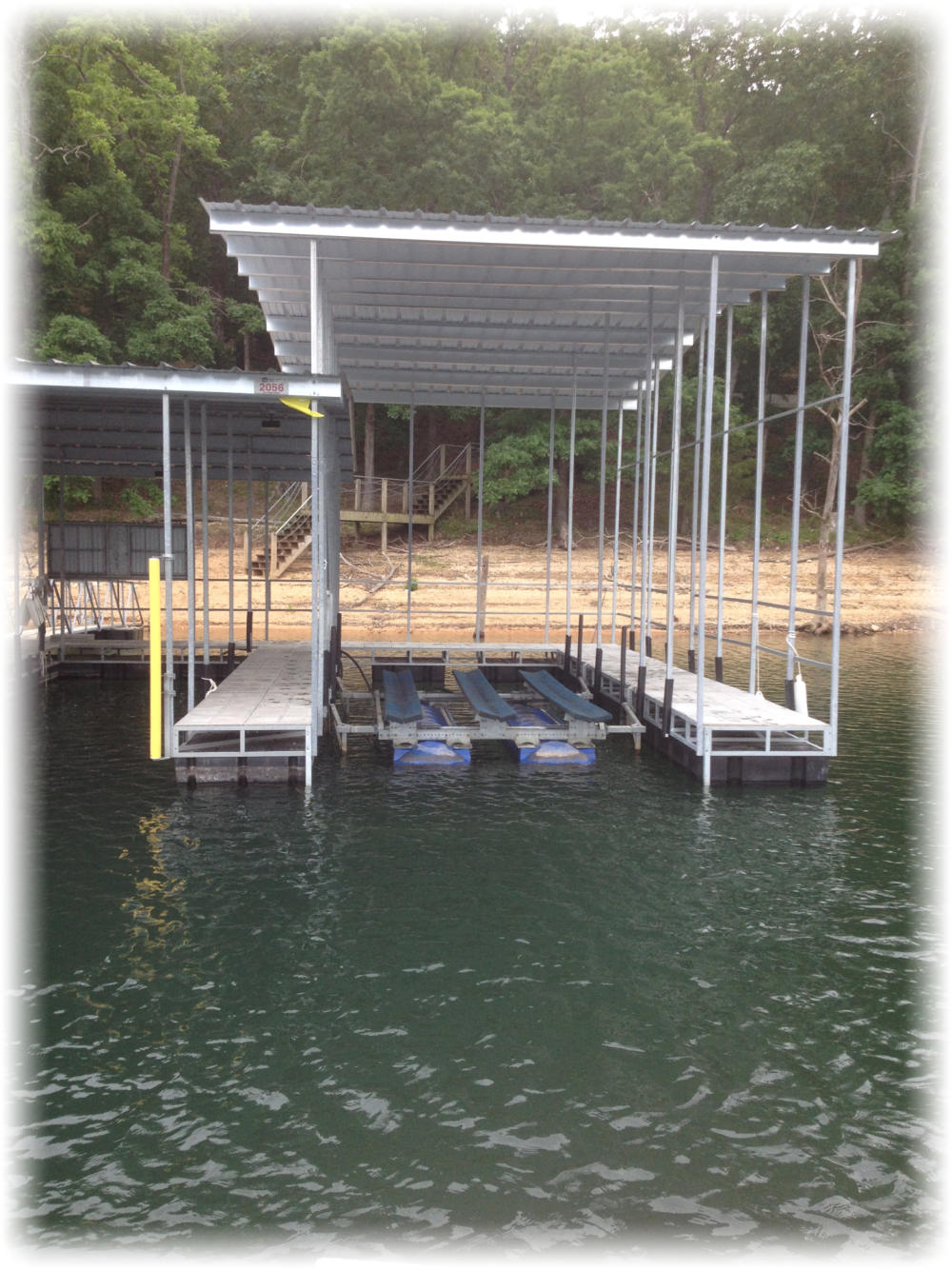Why Routine Upkeep Can Decrease Future Dock Repairs
Why Routine Upkeep Can Decrease Future Dock Repairs
Blog Article
Exactly How to Address Common Dock Repair Service Issues for Safe Water Tasks

Identifying Common Dock Issues
Determining usual dock problems is critical for maintaining the performance and safety and security of your waterside residential or commercial property. Normal inspections can help uncover troubles prior to they become severe, making certain both the longevity of the dock and the safety of those that utilize it.
Another common trouble is the deterioration of flotation devices. These devices are vital for keeping the dock buoyant, and any damages or leaks can trigger the dock to listing or sink. Consistently looking for leakages or waterlogged drifts can preempt much more considerable issues.
In addition, algae and barnacle accumulation on the dock's surface can develop unsafe and dangerous conditions. This biofouling not just postures a risk to individuals but can likewise accelerate the wear and tear of the dock products.
Lastly, examining for indicators of rust on metal components is essential. Corrosion can jeopardize the honesty of the dock's structure, making it risky. By consistently determining these typical dock issues, you can make sure that your dock continues to be safe and useful for several years ahead.
Repairing Rotting Wood
When resolving the concern of rotting timber on your dock, it is crucial to act quickly to stop additional deterioration. Begin by completely checking the whole framework to recognize all affected locations. Make use of a screwdriver to probe the timber; if it sinks in conveniently, the timber is likely rotted and requires immediate focus.
Once recognized, remove the decomposed sections using a saw or sculpt. Make sure to reduce back to healthy and balanced, solid timber, guaranteeing you remove all endangered material. After removal, treat the continuing to be wood with a wood preservative to stop future rot. This treatment will help protect versus dampness, which is the key root cause of wood decay.
Following, replace the removed sections with marine-grade lumber or pressure-treated wood, which are extra immune to water damage. Secure the brand-new items with galvanized or stainless-steel fasteners to protect against rust. Additionally, applying a waterproof sealant to the new wood can give an extra layer of protection.
Protecting Loose Boards
How do you ensure your dock continues to be secure and practical for all its users? One important aspect is securing loose boards, which can otherwise pose considerable threats. Loosened boards not just enhance the danger of tripping yet can also compromise the architectural integrity of the entire dock.

For reinstallation, utilize stainless or galvanized steel screws, as these materials use remarkable resistance to rust in aquatic settings. Make certain the screws are long sufficient to penetrate deep into the underlying support structure, but not so lengthy that they extend via the dock's surface. Pre-drilling pilot openings can assist protect against the wood from splitting.
Finally, why not look here maintain a normal assessment timetable to identify and attend to any new issues quickly. By securing loosened boards effectively, you contribute to the total security and long life of your dock, making it a trustworthy platform for water tasks.
Stabilizing Unsteady Pilings
Guaranteeing the stability of unsteady pilings is vital to keeping a risk-free and functional dock. Unsteady pilings can jeopardize the entire structure, positioning significant risks to users and possibly leading to costly repairs. The very first step in supporting these vital parts is a thorough inspection. Examine the pilings for indicators of rot, damage, or shifting. Use a degree to check for vertical placement and guarantee they are driven deep enough into the substrate to provide adequate support.
If the pilings are located to be unstable, one reliable approach for support is the use of additional bracing. Cross-bracing with treated lumber or galvanized metal can substantially improve security. Anchor the dental braces firmly to both the pilings and the dock structure to disperse tons equally.

Routine maintenance and periodic reassessment of the pilings' security are important to making sure long-term dock safety and functionality.
Changing Rusty Equipment
Resolving unsteady pilings is simply one element of preserving a dock's stability; another vital issue is replacing corroded hardware. Over time, direct exposure to wetness and salt can lead to the oxidation and deterioration of brackets, screws, and bolts, endangering the entire framework's safety and security. Routine assessment for corrosion is essential, particularly after serious weather condition or seasonal adjustments.
When rusty equipment is identified, instant action is needed. Begin by picking marine-grade stainless-steel or galvanized equipment, both created to resist the extreme aquatic atmosphere. Guarantee that you have the ideal tools, such as screwdrivers and wrenches, to securely remove the old, corroded items without triggering more damage browse this site to the dock.
After eliminating the rusty hardware, extensively clean the impacted locations to eliminate any recurring rust or debris. Apply a rust-inhibiting primer to revealed steel surfaces before installing the new equipment. Tighten up all components safely to avoid future loosening, and regularly check the fittings to guarantee recurring security.
Changing corroded hardware not just prolongs the dock's life expectancy yet additionally considerably improves the safety of official site water activities. By proactively taking care of corrosion, you safeguard both the structure and its users, ensuring a protected and delightful waterside experience.
Final Thought
Normal assessments and upkeep are crucial to attend to usual dock repair problems and guarantee secure water activities. Such proactive actions contribute to the general safety and security and functionality of dock frameworks, fostering a safe setting for water-based tasks.
Making sure the safety and security of water activities hinges dramatically on the appropriate upkeep and repair work of docks (Dock Repairs). These gadgets are important for keeping the dock resilient, and any damage or leaks can cause the dock to list or sink. By regularly identifying these common dock problems, you can ensure that your dock continues to be practical and safe for years to come
Guaranteeing the security of unstable pilings is paramount to preserving a functional and safe dock.Routine assessments and upkeep are necessary to address common dock repair work issues and make certain risk-free water activities.
Report this page